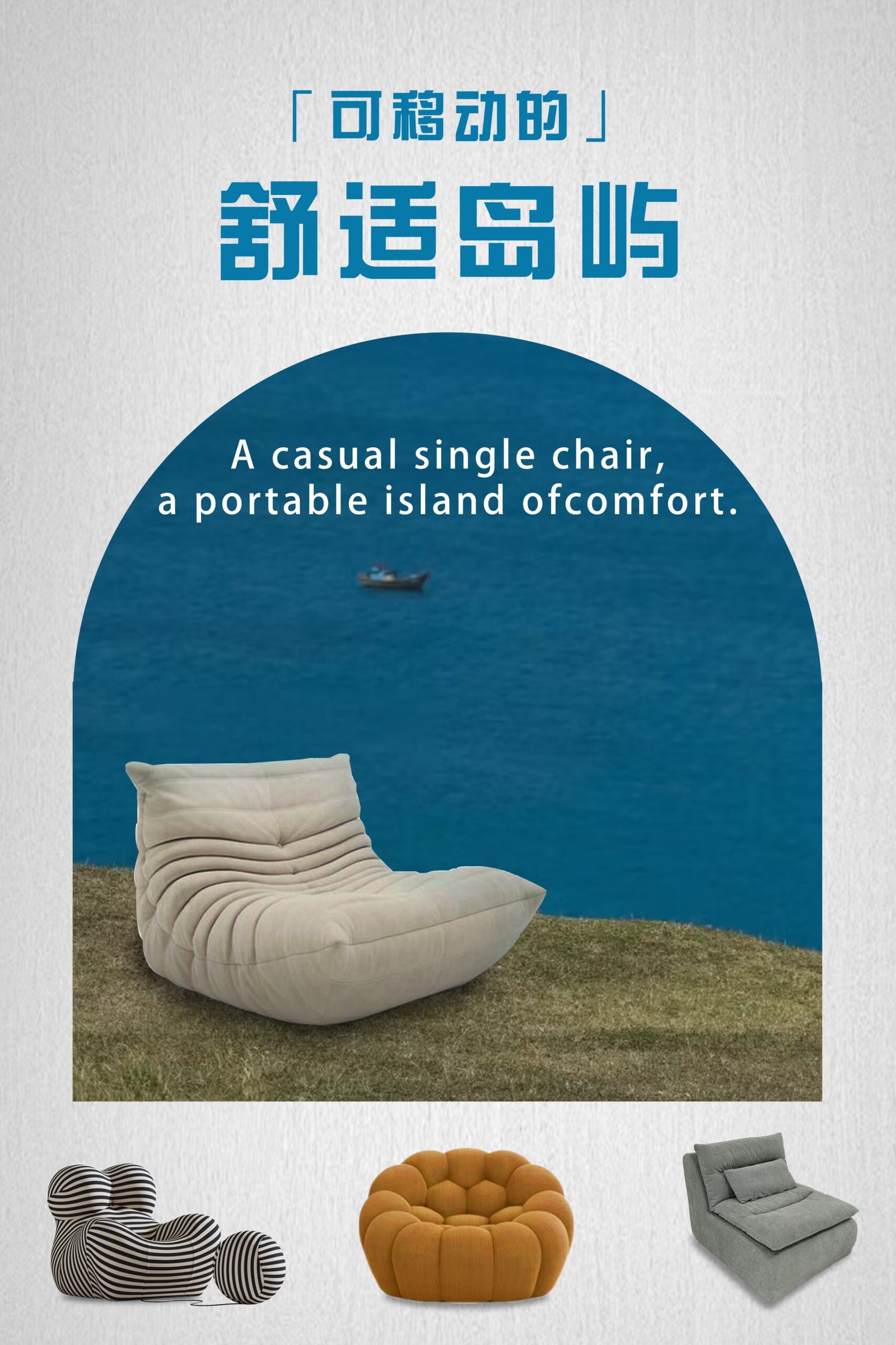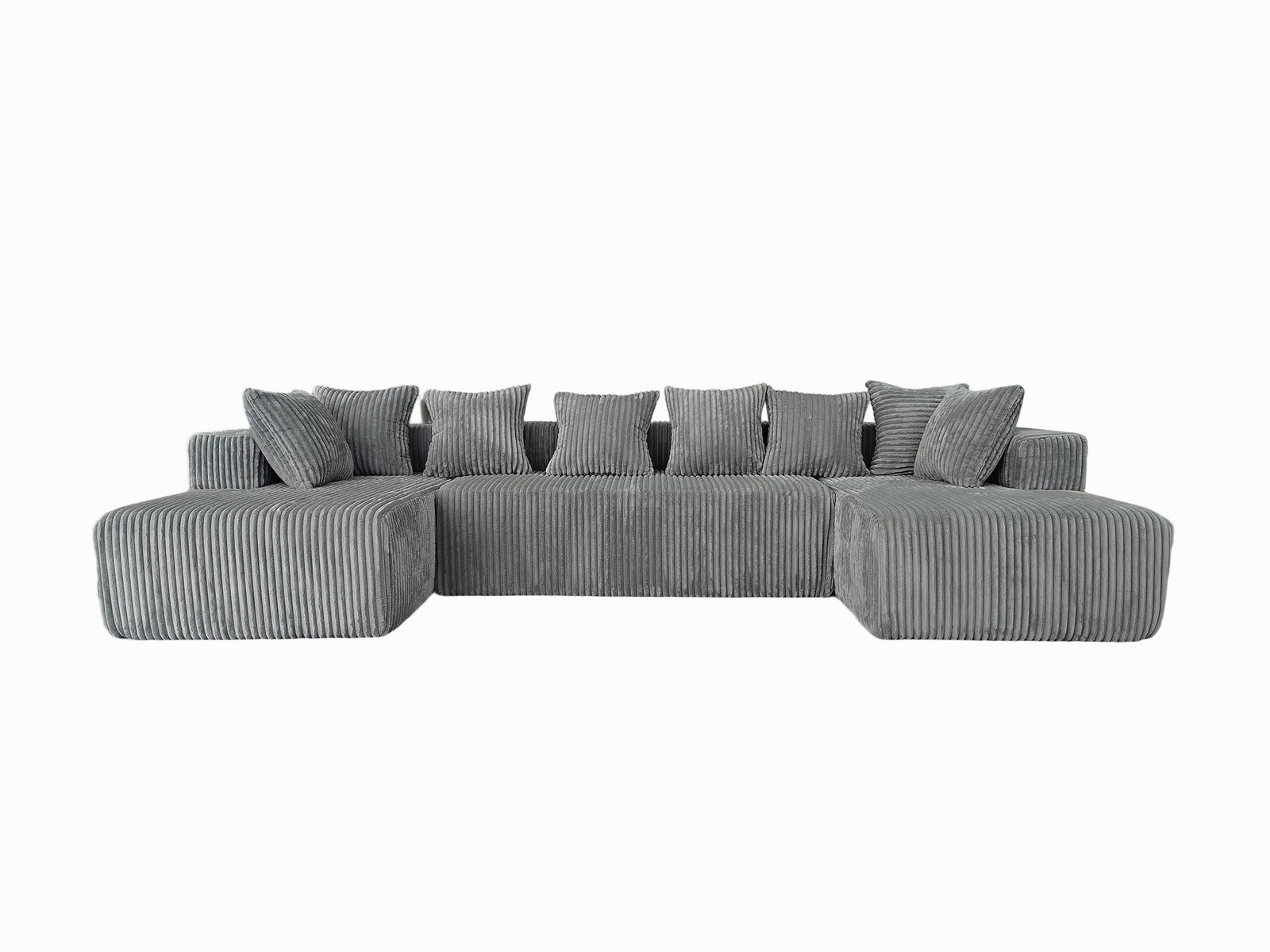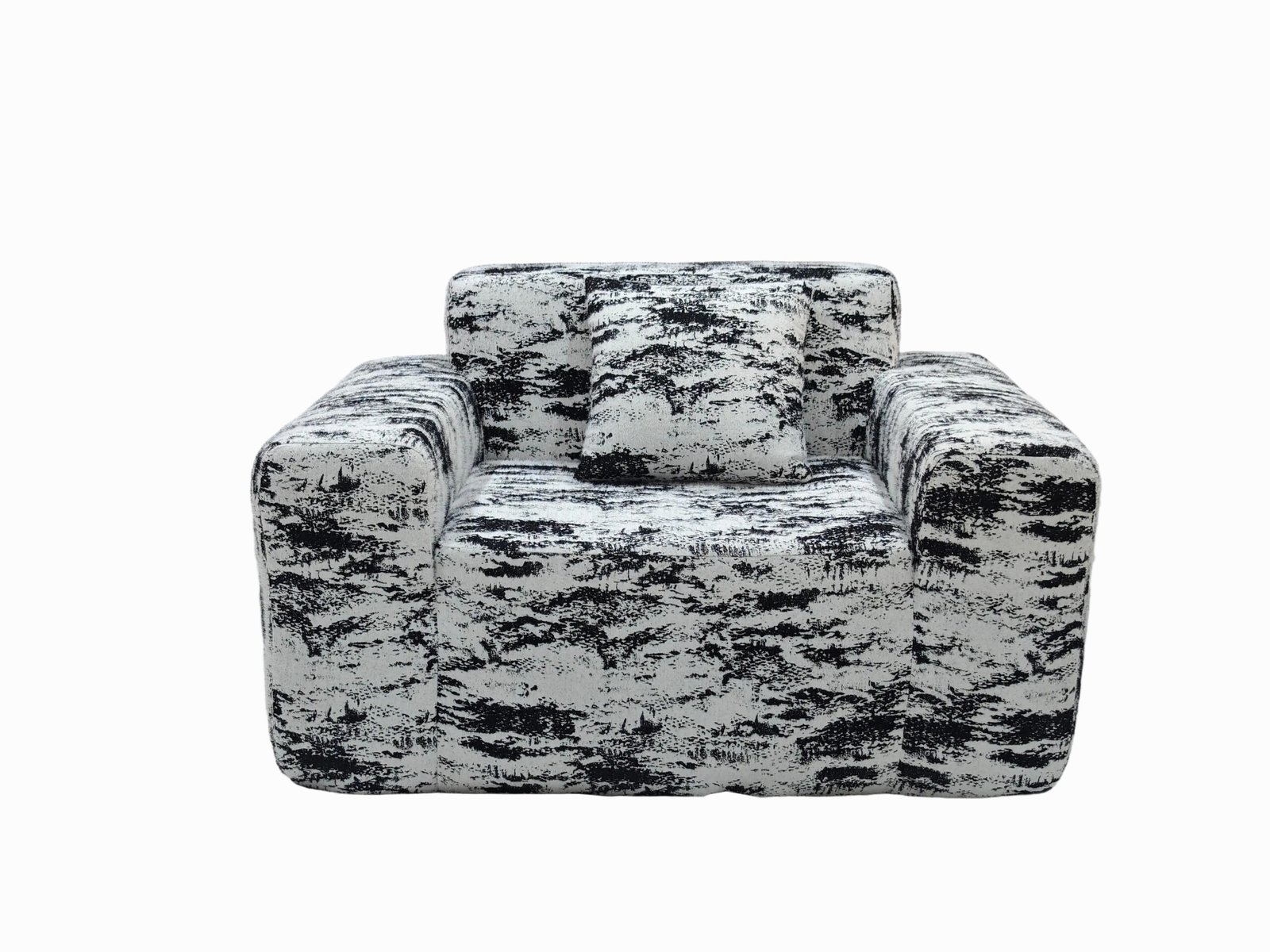
Foam price up. Fabric stock delayed. One small spike in raw material cost can shake the entire sofa supply chain.
Compressed sofa suppliers face direct production and pricing pressure when raw material costs rise—affecting everything from product design to delivery times.
I’ve seen how even a 10% increase in foam prices can force a full product line review.
What raw materials do compressed sofa suppliers rely on?

No raw materials = no sofas. And in compressed sofa manufacturing, the materials must compress, expand, and last.
Suppliers use five key raw materials: wood, metal, foam, fabric, and adhesives—each affecting quality, cost, and customer satisfaction.
Core Materials Breakdown
| Material | Function | Variants Used |
|---|---|---|
| Foam | Cushioning & expansion | High-density, memory foam, PU |
| Wood | Frame structure | Pine, plywood, engineered boards |
| Metal | Support frame & joints | Galvanized steel, aluminum brackets |
| Fabric | Outer upholstery | Polyester, linen blends, velvet |
| Adhesives | Assembly & lamination | Water-based glue, hot melt, contact spray |
Foam and fabric prices fluctuate the most—making up nearly 45% of total material cost.
Why do raw material prices fluctuate?

Last year’s supply chain is this year’s crisis. Prices never stand still.
Foam, fabric, wood, and steel prices change due to oil markets, global demand, currency shifts, trade policies, and natural disruptions.
Common Drivers of Price Changes
- Oil prices: Affect foam and synthetic fabrics
- Import tariffs: Hit metal and wood especially hard
- Weather events: Delay harvests or logging (wood/fabric)
- Labor shortages: Raise local processing and shipping costs
- Freight container cost changes: Add indirect price inflation
In 2021, a spike in container shipping prices nearly doubled landed cost for some compressed sofa SKUs.
How do rising raw material costs affect production costs?

Raw material price rises don’t just shrink margins—they disrupt the entire production plan.
Suppliers face higher input costs for foam, wood, and fabric—which raise per-unit costs and slow down production timelines.
Sample Cost Chain Impact (Per Sofa)
| Cost Category | Before (USD) | After Price Hike | Impact |
|---|---|---|---|
| Foam (HD PU) | $25 | $34 | +$9 per unit |
| Plywood frame | $18 | $22 | +$4 per unit |
| Polyester fabric | $12 | $16 | +$4 per unit |
| Total Extra Cost | — | — | +$17/unit |
If you sell 1,000 units/month, that’s an extra $17,000/month just on raw material increases.
How do suppliers respond to raw material price increases?

When costs rise, suppliers don’t panic—they pivot.
Compressed sofa suppliers fight rising costs with smart purchasing, diversified sourcing, long-term contracts, and alternative material R&D.
Top Supplier Strategies
- Bulk purchasing ahead of forecasted hikes
- Multi-supplier sourcing to prevent reliance on one country
- Material swaps (e.g., foam blend instead of full memory)
- Automated cutting to reduce fabric waste
- Long-term contracts with foam or frame vendors for price lock
At HSM, we added a second foam supplier in 2022 to manage backup supply during Southeast Asia shutdowns.
What’s the trade-off between quality and cost?

Cheap out too much? Your returns spike. Overspend? You lose margin.
Suppliers must balance raw material costs without sacrificing quality—often by redesigning for efficiency rather than downgrading components.
Smart Adjustments (Without Quality Loss)
| Original Component | Cost-Saving Alternative | Notes |
|---|---|---|
| Full memory foam seat | Layered HD + memory top | Same feel, lower cost |
| Kiln-dried pine frame | Engineered board + pine mix | Strong enough for compression |
| Thick woven cover | Brushed poly-linen blend | Stain-resistant and lower cost |
We also adjust product tiers—offering both budget and premium versions so customers have options.
How do rising material costs affect consumer prices?

Eventually, the cost burden travels down the line—to your customer’s cart.
Suppliers may raise retail prices by 5–15%, reduce discounts, or shrink margins to survive raw material price inflation.
Supplier Pricing Options
- Small price bump on best-sellers
- Bundle deals to preserve perceived value
- Reduce free shipping threshold
- Offer flexible lead times at lower price points
We often group LCL orders or extend delivery lead time by 7–10 days to keep prices under control.
Conclusion
Raw material price fluctuations are a constant challenge for compressed sofa suppliers—but with smart strategy, resilient sourcing, and efficient redesign, they can stay profitable while delivering great value to customers.